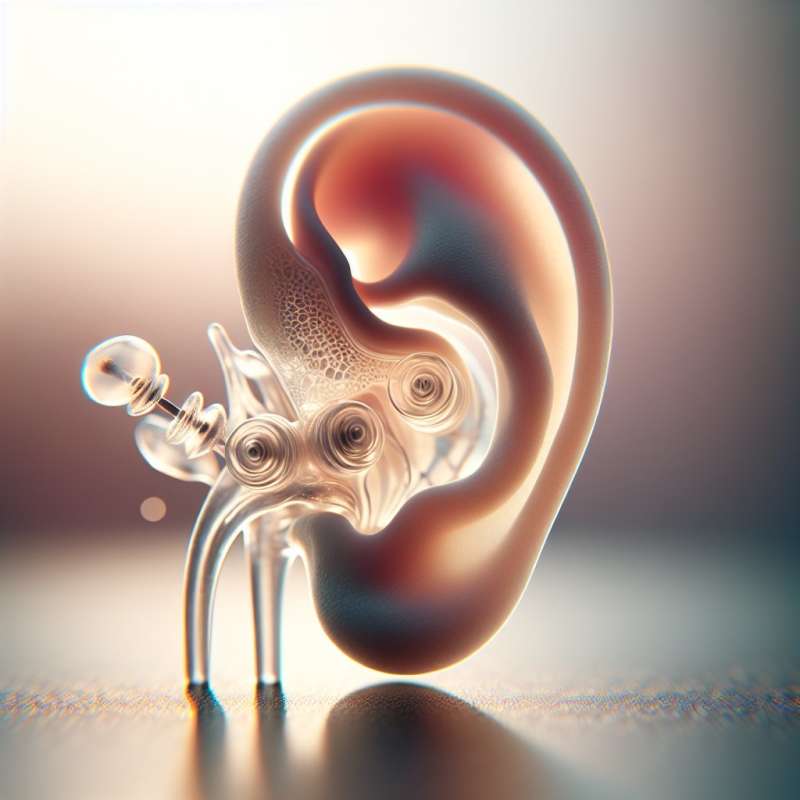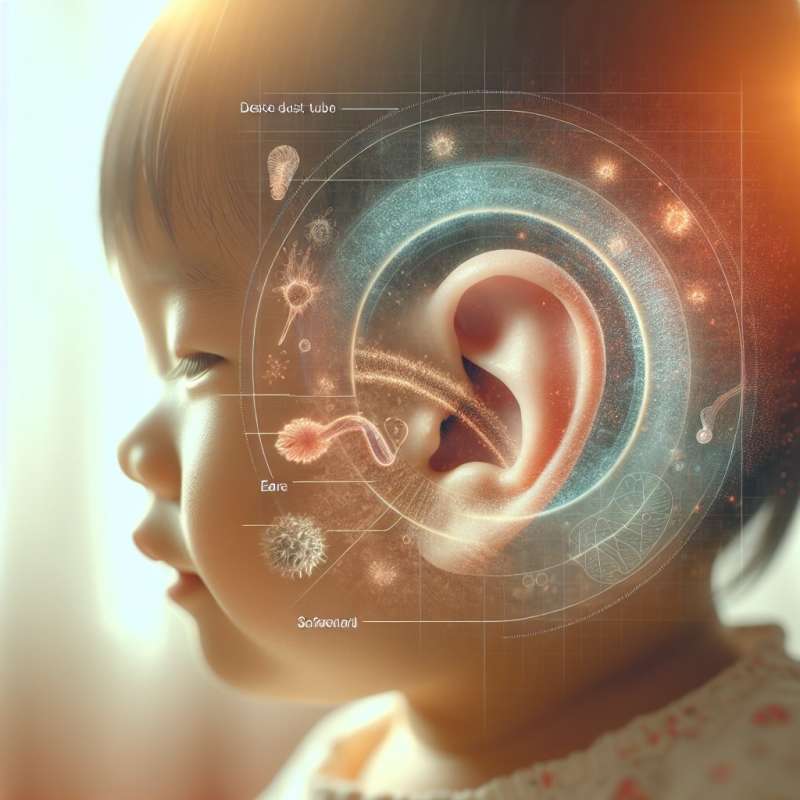
Understanding Ear Anatomy
The ear consists of three main sections: the outer ear, middle ear, and inner ear. Each part plays a crucial role in processing and interpreting sound, maintaining balance, and facilitating hearing.
Outer Ear's Unique Structure
The outer ear, or pinna, collects sound waves, while the ear canal amplifies these waves. This region's shape and curvature are unique to each individual, affecting how we perceive sound direction.
Middle Ear Mechanics
The middle ear houses three tiny bones - the malleus, incus, and stapes, collectively called the ossicles. They transmit vibrations from the eardrum to the inner ear, amplifying sound waves 20 times.
Inner Ear's Complex Systems
The inner ear contains the cochlea, which converts sound vibrations into electrical signals for the brain. It also includes the vestibular system, essential for balance and spatial orientation.
Ear's Protective Mechanisms
Ears have natural defenses against damage and infection. Earwax traps dust and bacteria, while the Eustachian tube regulates pressure and drains fluids from the middle ear.
Frequency and Pitch Perception
Inside the cochlea, hair cells resonate with different frequencies, allowing us to distinguish between various pitches. Damage to these cells can result in hearing loss or tinnitus.
Hearing Loss Global Stats
Over 5% of the world's population has disabling hearing loss. Advances in medical technology, like cochlear implants, have provided solutions for many, yet prevention and early detection remain key.Ears Detect Heartbeats
Your ears can pick up on your own heartbeat, especially in quiet environments, due to the proximity of major blood vessels to the inner ear.
What does the outer ear collect?
Sound vibrations
Sound waves
Electrical signals
Company